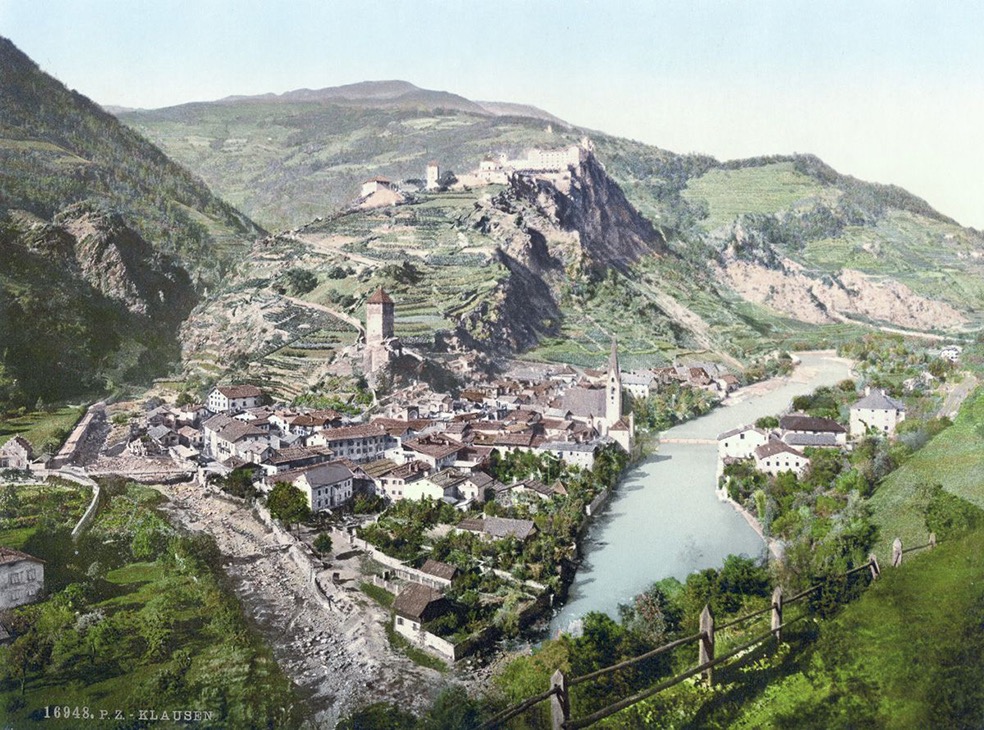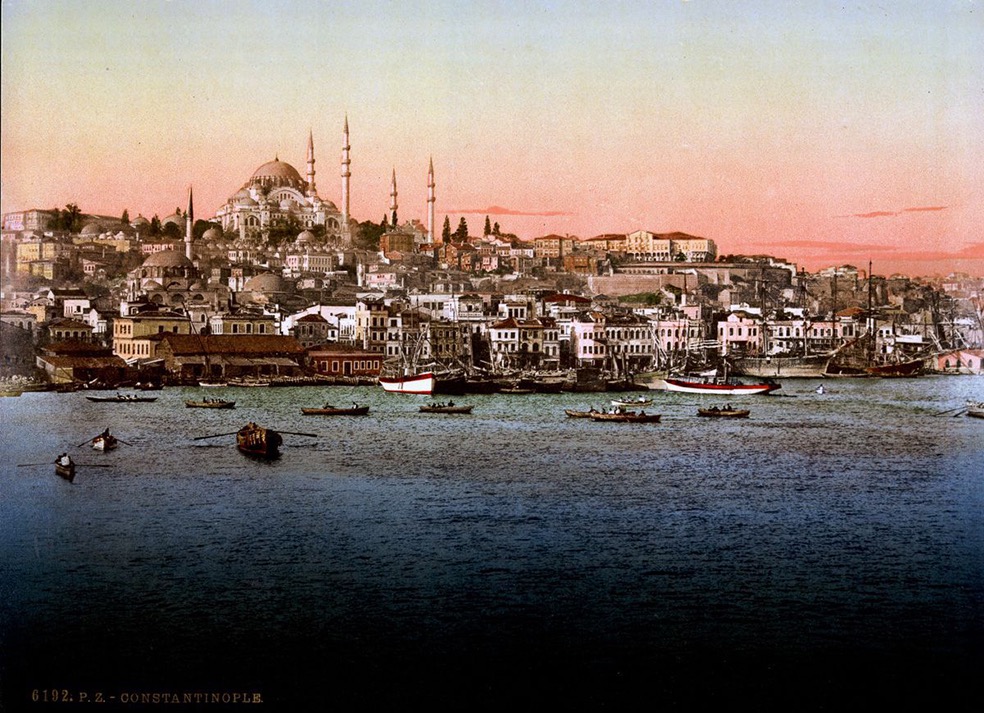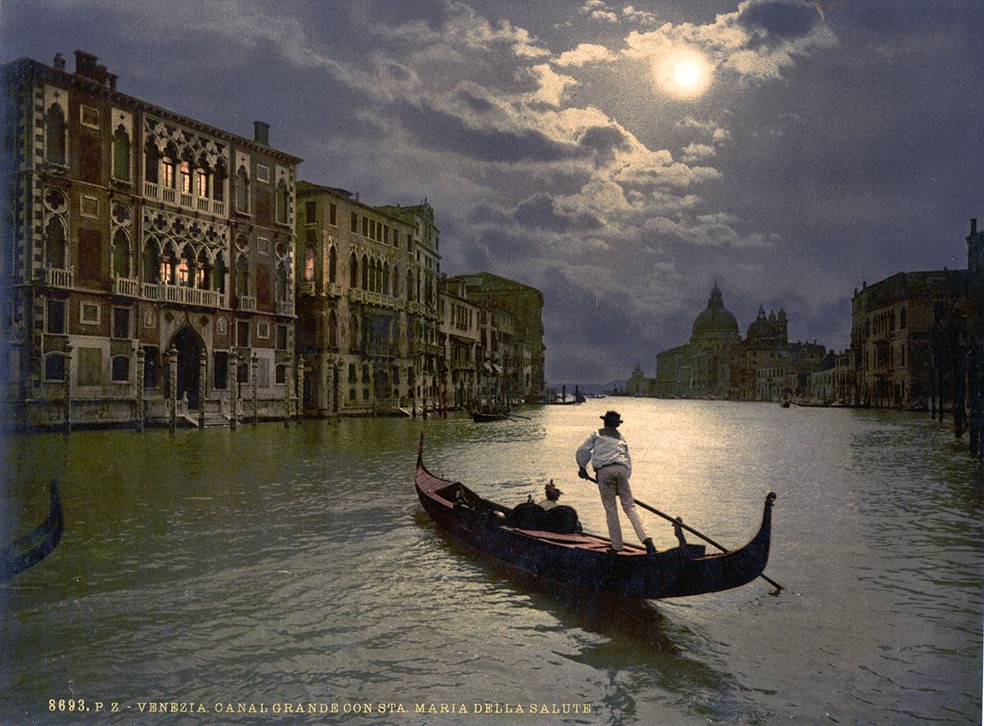Late in the 19th century, Paris hosted two major international expositions: the 1889 Universal Exposition, was held to mark the centennial of the French Revolution and featured the new Eiffel Tower; and the 1900 Universal Exposition, which gave Paris the Pont Alexandre III, the Grand Palais, the Petit Palais and...
Photochroms of Tyrol from 1890s
Tyrol is a historical region in the Alps, in northern Italy and western Austria. Photochrom is a process for producing colorized images from black-and-white photographic negatives via the direct photographic transfer of a negative onto lithographic printing plates. The process is a photographic variant of chromolithography (color lithography). The process was...
Photochroms of Istanbul from 1890s
Istanbul, historically known as Constantinople and Byzantium, is the most populous city in Turkey and the country's economic, cultural, and historic center. Istanbul is a transcontinental city in Eurasia, straddling the Bosphorus strait (which separates Europe and Asia) between the Sea of Marmara and the Black Sea. Its commercial and...
Photochroms of Switzerland from 1890s
Switzerland, officially the Swiss Confederation, is a federal republic in Europe. It consists of 26 cantons, and the city of Bern is the seat of the federal authorities. The country is situated in western-Central Europe, and is bordered by Italy to the south, France to the west, Germany to the...
Photochrom postcards from 1900s
Photochrom is a process for producing colorized images from black-and-white photographic negatives via the direct photographic transfer of a negative onto lithographic printing plates. The process is a photographic variant of chromolithography (color lithography). The process was invented in the 1880s by Hans Jakob Schmid (1856–1924), an employee of the Swiss...





